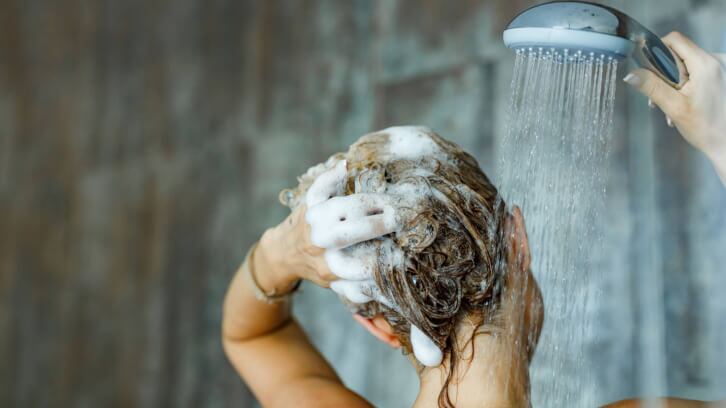Most commercial shampoo formulations use synthetic surfactants, which can cause allergies, irritation and negative impacts for the environment. Writing in Processes, scientists from research institutions in Brazil report that three plant-derived surfactants may offer natural alternatives for shampoo formulations.
“The development of cosmetic formulations using plant-derived biosurfactants is promising and constitutes an alternative to cosmetics formulated exclusively with synthetic surfactants,” the authors wrote.
The three surfactant rich extracts were from Chenopodium quinoa (quinoa), Glycine max (soybean), and Malpighia emarginata (acerola cherry). Seeds from C. quinoa and G. max were made into a powder, then extract. Fruit from M. emarginata was made into a flour, then extract.
Data
The authors analyzed the properties of these extracts, alone and within formulations, to determine their potential to replace or decrease the amount of synthetic surfactants within shampoos.
Each extract was analyzed for stability, antioxidant capacity, irritation, cleaning potential and toxic potential. The authors used the three extracts to make a total of seven shampoo formulations in order to determine surface and interfacial tension reduction.
The seven shampoo formulations were tested alongside a commercially available moisturizing shampoo for comparison. The authors tested various factors ranging from pH to dirt dispersion and cleaning capacity.
All remained stable within temperature and pH ranges. G. max and C. quinoa showed low and no toxicity, respectively. pH ranges were within normal ranges during stability tests for those typically used in cosmetic formulations. M. emarginata showed the most antioxidant activity, which could enable it to be marketed as a multifunctional additive. All extracts were classified as less irritating than sodium lauryl sulfate, a common surfactant in shampoos.
The formulations all showed a similar sebum removal capacity as a commercial shampoo, especially formulations combined with 10% disodium cocoyl glutamate.
For the shampoo formulations, F1 had no surfactant, F2 had 4% DCG and the other formulations had 10% primary surfactant combined with 4% DCG as a secondary surfactant.
All shampoos tested had acceptable surface tension, density, foam formation and dirt dispersion. For cleaning potential, three shampoos stood out — DCG and M. emarginata, DCG and G. Max, and DCG and C. quinoa and G. max. The shampoo with only DCG as the surfactant had a lower sebum yield than the combinations, meaning the plant extracts helped improve cleaning potential.
“The present study showed that formulating shampoos with a lower concentration of synthetic surfactants than the current practice would be possible and that plant-derived surfactants have properties suitable for obtaining good alternative natural products,” the authors write. “Among the formulations produced, five of them (F4, F5, F6, F7, and F8) have the potential to undergo subsequent quality-control tests and become commercial formulations ...”
Source: Processes
2023, 11(3), 879; https://doi.org/10.3390/pr11030879
“Application of Plant Surfactants as Cleaning Agents in Shampoo Formulations”
Authors: K.G.O. Bezerra, et al.

